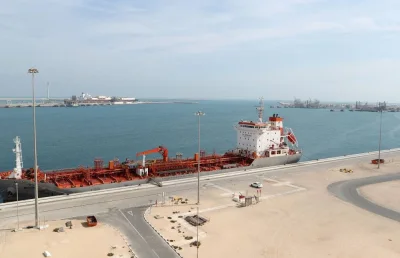Global LNG carrier landscape changed dramatically when Qatari shipping line Nakilat introduced the Q-Flex (210,000 to 217,000 cm) and Q-Max (263,000 to 266,000 cm) vessels, specifically targeting large shipments of LNG to Asia and Europe, IGU said in a report.
The current global LNG fleet is relatively young, considering the oldest LNG carrier operating was constructed in 1977, IGU said in its ‘World LNG report – 2023’.
Some 87.7% of the fleet is under 20 years of age, consistent with the rapid growth of liquefaction capacity since the turn of the century. In addition, newer vessels are larger and more efficient, with superior project economics over their operational lifetime.
With financial and safety concerns in mind, ship owners plan to operate a vessel for 35-40 years before it is laid-up, although challenges from upcoming emissions reduction regulations (notably, the IMO’s EEXI and CII) could reduce this or incentivise retrofits or conversions.
Due to the rapid development of technology and emissions regulations, the life duration may become shorter, IGU noted.
At the end of its operating life, a decision can be made on whether to scrap a carrier, convert it to an FSU/FSRU, or return it to operation should market conditions improve materially.
When commissioning a newbuild, a shipowner determines vessel capacity based on individual needs, ongoing market trends, technologies available at the time, and increasingly, with a view to future environmental regulations and demand for LNG.
Liquefaction and regasification plants also have berthing capacity limits, while certain trade-lanes may limit vessel dimensions, all of which are important considerations regarding ship dimensions and compatibility.
The needs of individual ship owners are also largely affected by market demand, which means newbuild vessel capacities have stayed primarily within a small range around period averages.
Due to the early dominance of steam turbine propulsion, vessels delivered before the mid-2000s were exclusively smaller than 150,000 cm as this was the range best suited for steam turbine propulsion systems, many of them equipped with ‘Moss-type’ cargo tanks.
The LNG carrier landscape changed dramatically when Qatari shipping line Nakilat introduced the Q-Flex (210,000 to 217,000 cm) and Q-Max (263,000 to 266,000 cm) vessels, specifically targeting large shipments of LNG to Asia and Europe.
These vessels, IGU noted achieved greater economies of scale with their SSDR propulsion systems, representing the 45 largest LNG carriers ever built.
After the wave of Q-Class vessels, most newbuilds have settled at a size between 150,000 and 180,000cm. This capacity range now makes up 62% of the current fleet.
The technological developments that steered adoption of this size are two-stroke propulsion systems, such as the ME-GI, X-DF, STaGE and more recently ME-GA types, that maximise fuel efficiency between 170,000 and 180,000 cm.
Another crucial factor is the new Panama Canal size limit – only vessels smaller than this size were initially authorised to pass through the new locks, imperative for any ship engaged in trade involving US LNG supply.
The Q-Flex LNG carrier ‘Al Safliya’, which is larger than 200,000 cm, became the first Q-Flex type LNG vessel and the largest LNG carrier by cargo capacity to transit the Panama Canal in May 2019.
While 174,000 cm remains the most common newbuild size, larger ships have once again gathered interest from ship owners. There are fifteen 200,000 cm vessels currently on order, IGU said.

Q-Max LNG carrier Mekaines operated by Nakilat. PICTURE: www.nakilat.com


